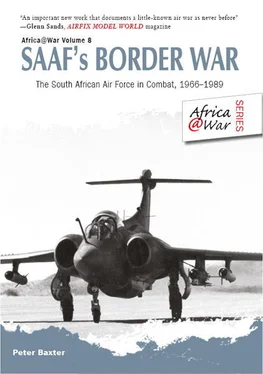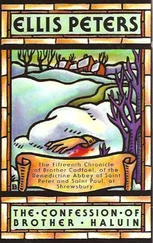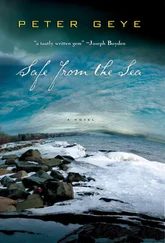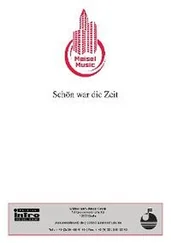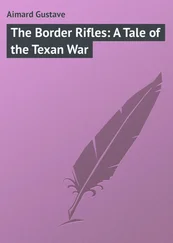Peter Baxter - SAAF's Border War
Здесь есть возможность читать онлайн «Peter Baxter - SAAF's Border War» весь текст электронной книги совершенно бесплатно (целиком полную версию без сокращений). В некоторых случаях можно слушать аудио, скачать через торрент в формате fb2 и присутствует краткое содержание. Город: Solihull, Год выпуска: 2013, ISBN: 2013, Издательство: Helion & Company, Жанр: military_history, на английском языке. Описание произведения, (предисловие) а так же отзывы посетителей доступны на портале библиотеки ЛибКат.
- Название:SAAF's Border War
- Автор:
- Издательство:Helion & Company
- Жанр:
- Год:2013
- Город:Solihull
- ISBN:978-1-908916-23-5
- Рейтинг книги:3 / 5. Голосов: 1
-
Избранное:Добавить в избранное
- Отзывы:
-
Ваша оценка:
- 60
- 1
- 2
- 3
- 4
- 5
SAAF's Border War: краткое содержание, описание и аннотация
Предлагаем к чтению аннотацию, описание, краткое содержание или предисловие (зависит от того, что написал сам автор книги «SAAF's Border War»). Если вы не нашли необходимую информацию о книге — напишите в комментариях, мы постараемся отыскать её.
SAAF's Border War — читать онлайн бесплатно полную книгу (весь текст) целиком
Ниже представлен текст книги, разбитый по страницам. Система сохранения места последней прочитанной страницы, позволяет с удобством читать онлайн бесплатно книгу «SAAF's Border War», без необходимости каждый раз заново искать на чём Вы остановились. Поставьте закладку, и сможете в любой момент перейти на страницу, на которой закончили чтение.
Интервал:
Закладка:
Day two of the air operation followed a similar pattern, remarkable only for the explosion of an ammunition-laden Buffel armoured personnel-carrier at a forward HAG, forcing an evacuation of all helicopters located there. Day three, however, was a singularly remarkable day, both in terms of Operation Daisy in particular and the SAAF’s Border War in general. On that day, despite being present at the edges of the action many times before and flying in a generally defensive posture, the Angolan MiGs, that hitherto largely unknown quantity, finally became aggressive.
In anticipation of something like this an aerie of Mirage F1CZs, armed with missiles and 30mm cannons, had at all times been standing at cockpit standby [17] Cockpit standby implies a state of readiness whereby the pilot is fully equipped and on standby in flight position. This was under shelter usually thanks to the punishing heat of the South West African summer.
in readiness shelters at AFB Ondangwa. At 07h00 two fast-moving tracks were detected on radar moving south from Lubango where a large Angolan airbase was located toward the town of Quiteve. Two F1CZs, piloted by Major Johan Rankin and with Lieutenant Johan du Plessis as his wingman, were quickly scrambled onto an intercept vector. Hoping to avoid a repeat of earlier retirements by Angolan MiGs at the moment that they detected an incoming interception, Rankin and du Plessis approached at low level up the Cunene River before bursting into full radar view at combat speed. Both pilots were graduates of the South African 85 Advanced Fighter School based at AFB Pietersburg and both had had been invested with extensive training in air combat manoeuvre (ACM) for precisely this eventuality.
It was du Plessis who first made visual contact with the enemy flying in the opposite direction between three and five miles away on the port beam. Both were identified as MiG-21s flying in a fighting element formation at the same altitude as the Mirages. Jettisoning their drop tanks the Mirages assumed a clean profile and entered a hard left turn, positioning themselves generally behind the unsuspecting MiGs. The two enemy aircraft were flying 1,000 to 1,500 feet distant from one another with the No. 2 aircraft trailing 30 degrees behind the leader’s beam. They were also flying directly into the sun which tended to preclude a shot from the Mirages armed with Matra 550 heat-seeking missiles, so Rankin, closing from astern of the enemy, fired a burst of 30mm explosive shells from a distance of approximately 350 metres. The shots registered instantly on the now intensely alert MiG which immediately began to leak fuel from its fuselage.
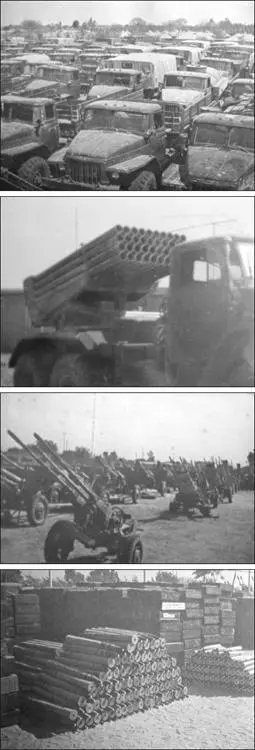
Both MiGs then responded by entering a tight descending left-hand turn while at the same time jettisoning their external fuel tanks. Rankin, at this point within range of the lead MiG, attempted to launch a missile which malfunctioned. He then peeled off the lead MiG and entered a curve of pursuit on the second MiG, ordering du Plessis to hone in on the wounded leader. Rankin’s new quarry then landed almost in his lap by committing a fundamental error of air combat, reversing his left-hand turn, which allowed the pursuing South African Mirage bearing in from the left to cut in directly behind him, from where, at close range, a burst of cannon fire exploded the hapless ship, breaking it up and forcing Rankin to violently shear away in order to avoid the debris. He glanced back to see the MiG spiralling to the ground and, as every combat pilot wishes under similar circumstances, he observed the pilot eject.
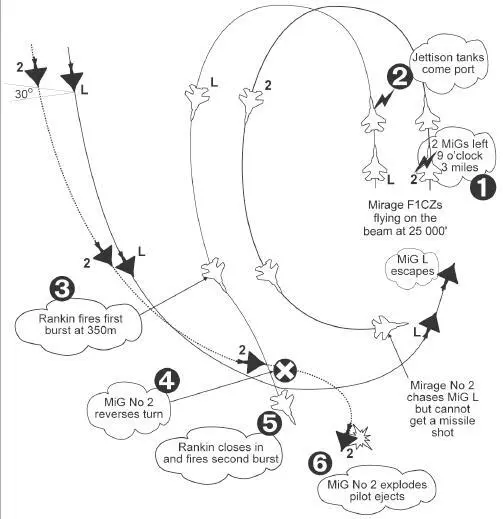


Du Plessis, in the meanwhile, had followed the MiG leader as it entered into a desperate spiral manoeuvre and twice entered the Mirage’s firing parameters but each time the Matra 550s malfunctioned, the high G descending turn possibly exceeding its launch limits. The fortunate MiG was able to make good its escape.
The moment was a sweet one at AFB Ondangwa as the victorious Mirages touched down. This was the first enemy aircraft shot down by the SAAF since the Korean War and certainly the first in the current conflict. It did, however, lead to considerable discussion regarding a shift in tactical approach by the Angolan fighter fleet and indeed the Angolan military in general, and what this might mean in terms of future encounters, particularly now that it had been revealed that the South African missiles could be relied upon to malfunction in crucial combat conditions.
It was clear now that the days of assumed air superiority by the South Africans on external operations was a thing no longer to be taken for granted.
CHAPTER SEVEN:
MIG HUNTERS AND MOONLIGHT OPERATIONS
With the actions and ramifications of operations Protea and Daisy , the Border War had clearly escalated to something approaching an undeclared conventional war with Angola. Likewise, the ongoing political process that had accompanied it all also sharply escalated, devolving very quickly into a multilateral squabble involving all the member states of both the United Nations and the Organization of African Unity, the Soviets and the Cubans and, of course, South Africa and the United States. On behalf of the former the baton was carried by South Africa’s charismatic and mercurial Minister of Foreign Affairs Pik Botha, and on behalf of the latter by the somewhat less charismatic but no less competent US Assistant Secretary of State for African Affairs Chester Crocker. In the months and years prior to this, a so-called UN Western Contact Group, which had comprised the US, Britain, France, West Germany and Canada, had sought to find a solution to what had in effect become a matter of global power play. With such overt Soviet and Cuban involvement in Angola and with the support offered SWAPO by each of these, South Africa could clearly not be expected to withdraw from the region in preparation for the multiparty elections in South West Africa proposed by UN Resolution 435, since no such thing would ever happen. Western interests, in particular US interests, would also not be served by a dominant Cuban–Soviet role in the process, and so when SWAPO called an end to the procedure, claiming bias toward South Africa on the part of the contact group, it could not be fairly stated that this was not so. The US position was revised under Ronald Reagan to include a link between a South African withdrawal from South West Africa with a Cuban troop withdrawal from Angola, which was of incalculable value to South Africa in the short term, but which also served to ensure that no meaningful progress could be made either. And there the matter rested.

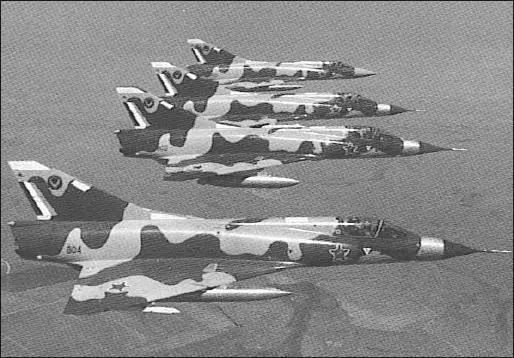
In the meanwhile, the war went on. In the aftermath of operations Protea and Daisy , two key changes were observed in SWAPO’s operational status. In terms of the local insurgency, it had been the pattern in the past for small groups, operating as much as possible under the South African radar, to enter the country under the platoon-level command of experienced cadres. It was noticed now that far larger groups of nominally trained fighters were making an appearance in the field, with a more thinly spread command element. This was interpreted as evidence that many better trained and experienced members of PLAN had been removed from the scene by intense South African attrition. Secondly, it was becoming clear that SWAPO front-line manpower was increasingly being diverted away from activities on the border to help the MPLA deal with UNITA incursions, indicating, if nothing else, the extent to which UNITA had grown in reach capacity.
Читать дальшеИнтервал:
Закладка:
Похожие книги на «SAAF's Border War»
Представляем Вашему вниманию похожие книги на «SAAF's Border War» списком для выбора. Мы отобрали схожую по названию и смыслу литературу в надежде предоставить читателям больше вариантов отыскать новые, интересные, ещё непрочитанные произведения.
Обсуждение, отзывы о книге «SAAF's Border War» и просто собственные мнения читателей. Оставьте ваши комментарии, напишите, что Вы думаете о произведении, его смысле или главных героях. Укажите что конкретно понравилось, а что нет, и почему Вы так считаете.
